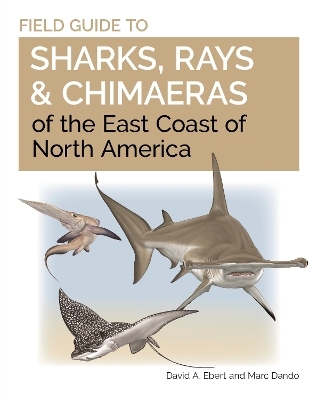
The Hudson River Estuary
Cambridge University Press (Verlag)
978-0-521-84478-9 (ISBN)
The Hudson River Estuary is a comprehensive look at the physical, chemical, biological and environmental management issues that are important to our understanding of the Hudson River. Chapters cover the entire range of fields necessary to understanding the workings of the Hudson River estuary; the physics, bedrock geological setting and sedimentological processes of the estuary; ecosystem-level processes and biological interactions; and environmental issues such as fisheries, toxic substances, and the effect of nutrient input from densely populated areas. This 2006 book places special emphasis on important issues specific to the Hudson, such as the effect of power plants and high concentrations of PCBs. The chapters are written by specialists at a level that is accessible to students, teachers and the interested layperson. The Hudson River Estuary is a fascinating scientific biography of a major estuary, with relevance to the study of any similar natural system in the world.
Jeffrey Levinton is Professor of Ecology and Evolution at Stony Brook University and has worked for many years as a researcher in marine ecology and as a textbook writer in marine biology. He has been a Guggenheim Fellow, a Fulbright Senior Fellow and has done research and lectured at many institutions throughout the world. He is also the recipient of the State University of NY Chancellor's award for excellence in teaching. John Waldman is Professor of Biology in the City University of New York. He is a well known fisheries scientist and is the author of a number of popular books in natural science. Before coming to Queens College of the City University of New York, he worked for 20 years as senior scientist of the Hudson River Foundation.
1. The Hudson River Estuary: executive summary; Part I. Geological, Physical and Chemical Setting of the Hudson: 2. The Hudson River Valley: geological history, landforms and resources; 3. The Physical oceanography processes of the Hudson River; 4. Sedimentary processes in the Hudson River Estuary; 5. Benthic habitat mapping in the Hudson River Estuary; 6. Reconstructing sediment chronologies in the Hudson River Estuary; 7. Major ion geochemistry and drinking water supply issues in the Hudson River Basin; Part II. Primary Production, Microbial Dynamics and Nutrient Dynamics of the Hudson: 8. Bacterial abundance, growth and metabolism in the tidal freshwater Hudson River; 9. Primary production and its regulation in the tidal-freshwater Hudson River; 10. Wastewater and watershed influences on primary productivity and oxygen dynamics in the lower Hudson River Estuary; 11. Modeling primary production in the lower Hudson River Estuary; Part III. Hudson River Communities, Food Webs and Fisheries: 12. Larval migrations between the Hudson River Estuary and New York Bight; 13. The diadromous fish fauna of the Hudson River: life histories, conservation concerns, and research avenues; 14. Fisheries of the Hudson River Estuary; 15. The role of tributaries in the biology of Hudson River fishes; 16. Ecology of the Hudson River zooplankton community; 17. Submerged macrophyte distribution and function in the tidal freshwater Hudson River; 18. Long-term and large-scale patterns in the benthic communities of New York Harbor; 19. The benthic animal communities of the tidal-freshwater Hudson River Estuary; 20. Tidal wetlands of the Hudson River 21. Alien species in the Hudson River; Part IV. Contaminants and Management Issues of the Hudson River Estuary: 22. The history and science of managing the Hudson River; 23. Hudson River sewage inputs and impacts: past and present; 24. PCBs in the upper and tidal-freshwater Hudson River Estuary: The science behind the dredging controversy; 25. Transport, fate and bioaccumulation of PCBs in the lower Hudson River; 26. Contaminant chronologies from Hudson River sedimentary records; 27. Atmospheric deposition of PCBs and PAHs to the New York Harbor Estuary; 28. Toxic substances and their impacts on human health in the Hudson River watershed; 29. Impacts of piers on juvenile fishes in the lower Hudson River; 30. Toxic responses of Hudson River populations to chemical contaminants.
| Erscheint lt. Verlag | 9.1.2006 |
|---|---|
| Verlagsort | Cambridge |
| Sprache | englisch |
| Maße | 183 x 262 mm |
| Gewicht | 1032 g |
| Themenwelt | Naturwissenschaften ► Biologie ► Limnologie / Meeresbiologie |
| Naturwissenschaften ► Biologie ► Ökologie / Naturschutz | |
| Naturwissenschaften ► Geowissenschaften ► Hydrologie / Ozeanografie | |
| ISBN-10 | 0-521-84478-9 / 0521844789 |
| ISBN-13 | 978-0-521-84478-9 / 9780521844789 |
| Zustand | Neuware |
| Informationen gemäß Produktsicherheitsverordnung (GPSR) | |
| Haben Sie eine Frage zum Produkt? |
aus dem Bereich


